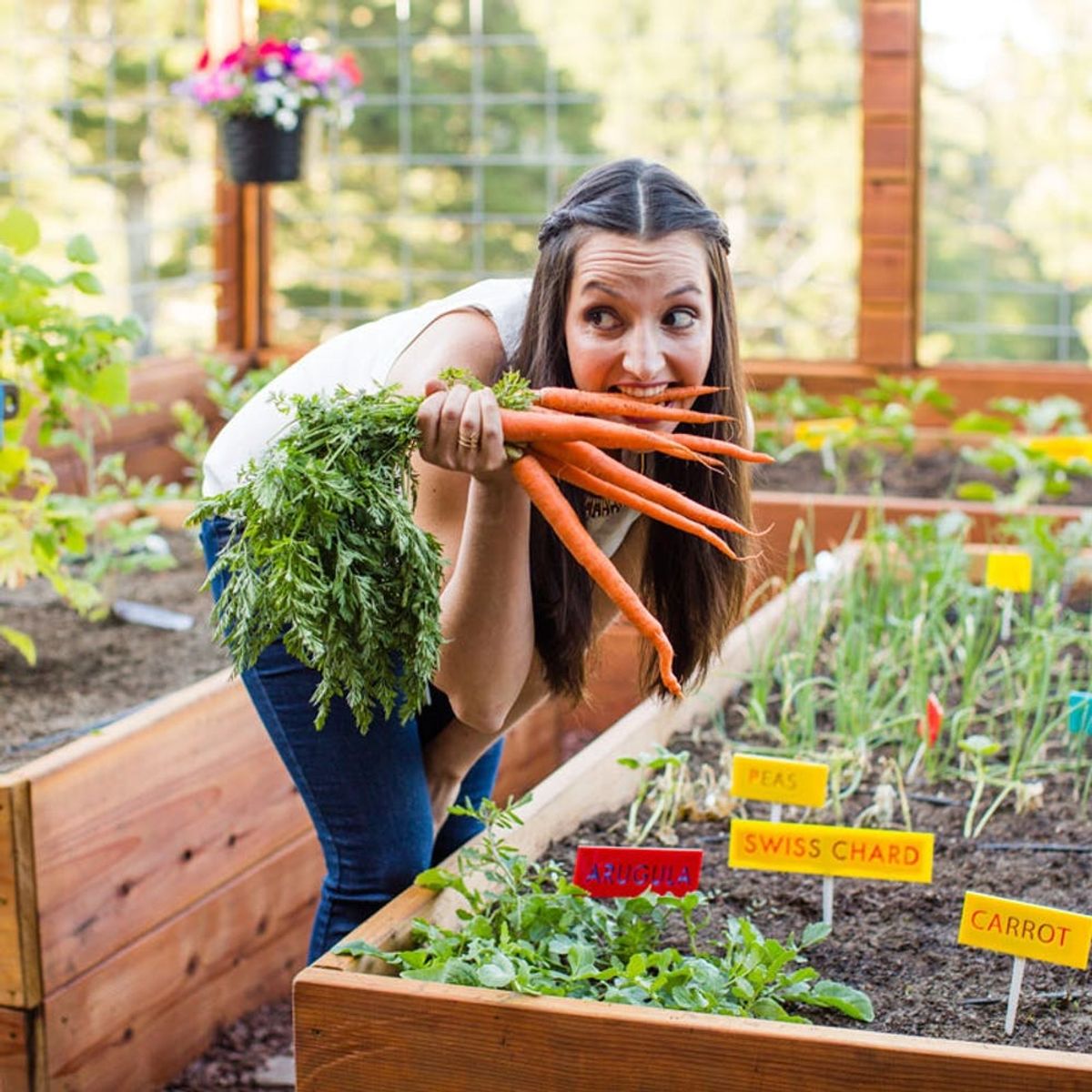It’s all about sustainability.
This Is a Genius Way to Get Your Kids to Eat Their Vegetables

Kids are picky eaters; this we all know. If there were some surefire way to change that, we can assure you that many parents would be all over it. So far, it seems that all we can do is encourage more children to eat more vegetables and to adopt healthier habits, but that usually is not enough.
Based on a Cornell University Food & Brand Lab study, if kids work in a garden and help grow vegetables, they will be more inclined to eat them. Produce grown in a school garden that is then incorporated as part of school lunches resulted in students choosing salad four times more often than before.
Though this study was small — comprised of 370 students from a school in upstate New York — it is a positive indicator that gardens make a difference in students’ diets. Over three days, produce selection and green refuse changes were measured after adding school-grown vegetables to the lunch selections. The measurements revealed that the percentage of students selecting salads went up 8%, with students eating more than half of their chosen vegetables. According to co-author Drew Hanks of the Ohio State University, “the first hurdle in increasing vegetable consumption is simply getting kids to put them on their plate.” First hurdle cleared, as salad consumption as a whole student body increased from 5 to 12 servings per day.
This study also confirms what Broadmoor Elementary School in Arizona has known for years. Since 2009, a program known as “The Learning Patch” has been teaching children about sustainable living using a garden-based curriculum. According to the site, over 700 students attend the monthly classes in the garden, which are taught by volunteers. Children learn everything there is to know about plants and insects through a hands-on approach to growing their own food. Not only will they naturally adopt healthier eating habits, but students also learn practical life skills necessary for survival.
It just goes to show that the old idiom still proves true: “Give a man a fish, you feed him for a day. Teach a man to fish and you feed him for a lifetime.” The same rules apply here. Children respond well to teaching and will appreciate their food more if they know where it comes from and the process involved.
Do you think more schools need to teach their students about sustainability? Share your thoughts below in our comments section.



















